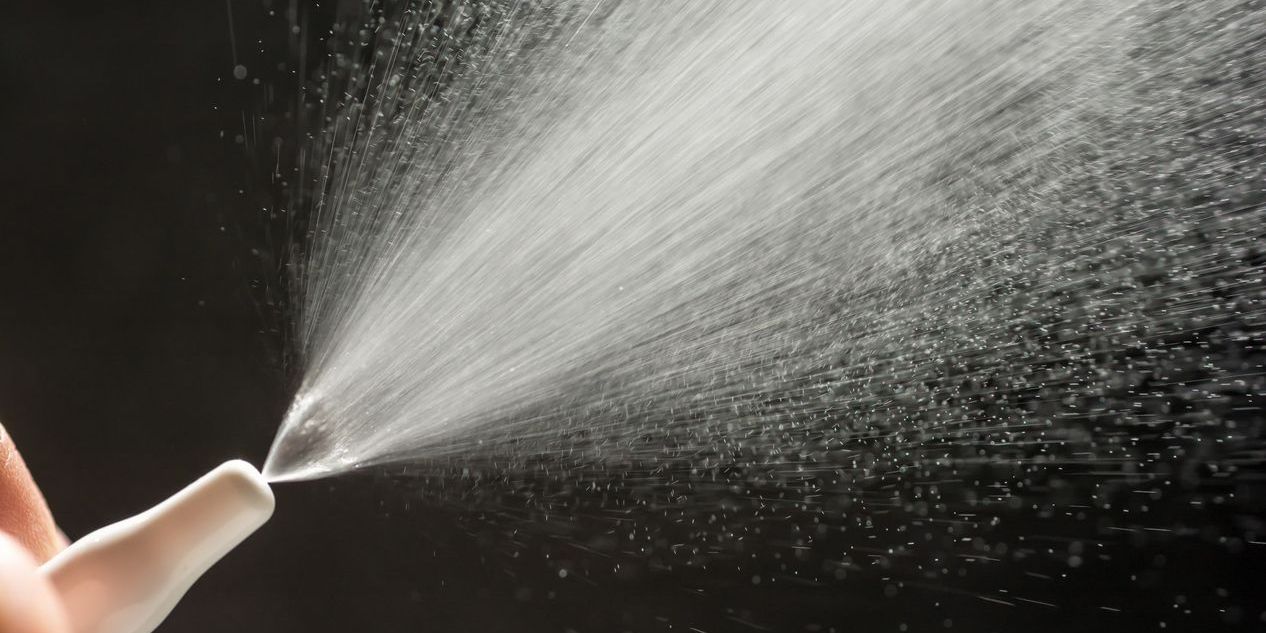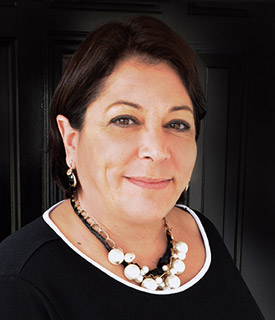Summary: Yes, a new study shows treatment with Spravato works for treatment-resistant depression without taking an antidepressant at the same time.
Key Points:
- Spravato is the brand name for esketamine, a medication approved by the Food and Drug Administration (FDA) for treatment-resistant depression (TRD)
- Esketamine is a derivative of ketamine, a medication also FDA-approved for treatment-resistant depression (TRD)
- Typical treatment for any kind of depression includes therapy and medication
- For people with TRD, esketamine can reduce symptoms of depression without concurrent use of an antidepressant
New Treatments For Depression: Hope for Patients with TRD
In July 2025, a group or mental health researchers published the study “Esketamine Monotherapy in Adults With Treatment-Resistant Depression” in the Journal of the American Medical Association (JAMA-Psychiatry) that explored the following question:
“Is esketamine nasal spray used alone (without oral antidepressant) effective in treatment-resistant depression (TRD)?”
To answer the question, the research team recruited 378 participants who met study criteria – see below – based on results from the Montgomery and Åsberg (MADRS) depression scale, and divided them into three groups:
- Group 1: received treatment with Spravato (esketamine), 56 mg
- Group 2: received treatment with Spravato (esketamine), 84 mg
- Control: received placebo
Study participants took one of the two doses of esketamine or the placebo, intranasally – a fine powder delivered like a nasal spray for allergies – twice a week for four weeks. Researchers scored patients on the MADRS at the beginning of the study, after day 2 of the study, and at the end of the study, on day 28.
All participants met criteria for treatment-resistant depression (TRD), meaning they had a previous diagnosis of major depressive disorder (MDD) and reported less than 25 percent improvement on two separate trials of standard oral antidepressant medication.
The mean score on the MADRS scale for all participants at start of study (baseline), was 37.3
For context, here’s the MADRS score ranking system:
- 0-6: Absence of symptoms
- 7-19: Mild depression
- 20-34: Moderate depression
- 35-60: Severe depression
Therefore, all study participants had severe depression that didn’t respond well to two attempts at standard treatment. In other words, they all had clinically verified TRD, reassessed and confirmed at the start of the study.
In addition, patients with any of the following co-occurring disorders/conditions/history, in addition to TRD, were excluded from the study:
- Psychotic disorder
- Bipolar or related disorders
- Obsessive-compulsive disorder (OCD)
- Intellectual disability
- Autism spectrum disorder (ASD)
- Borderline personality disorder (BPD)
- Antisocial personality disorder
- Disordered substance or alcohol use (clinical diagnosis)
- Current suicidal ideation or suicide plan
- Past six-month suicidal ideation or suicide plan
- Past 12-month suicidality
- Positive test for specified substances
- History of treatment with ketamine or esketamine
- Previous nonresponse to electroconvulsive therapy, vagal ®nerve stimulation, or deep brain stimulation
That’s how the study worked. Now let’s look at the results.
Esketamine (Spravato) Without Psychotherapy for TRD: Can it Work?
The outcome of this study is good news for people who have TRD, don’t want to take a standard anti-depressant, are willing to consider treatment with a non-traditional medication such as esketamine, can tolerate the side-effects, and want relief more quickly than relief associated with standard antidepressants.
Here’s what the researchers found. This is a summary of the changes in depression scale scores for each group, and a comparison of the changes for the two experimental groups against the control/placebo group.
MADRS Scores: Group 1 and Group 2, Difference Compared to Placebo Group
- Changes from baseline, overall, on MADRS:
- Group 1, 56-mg dose: reduction of 12.7 points
- Group 2, 84-mg dose: reduction of 13.9 points
- Day 2, difference between esketamine and placebo:
- Group 1, 56-mg dose: 3.8-point larger decrease
- Group 2, 84-mg dose: 3.4-point larger decrease
- Day 28, difference between esketamine and placebo:
- Group 1, 56-mg dose: 5.1-point larger decrease
- Group 2, 84-mg dose: 6.8-point larger decrease
- Observed effect sizes:
- Group 1, 56-mg dose: 0.48, medium effect
- Group 2, 84-mg dose: 0.63, medium effect
- Adverse events for esketamine included:
- Nausea: 24.8%
- Dissociation: 24.3%
- Dizziness: 21.7%
- Headache: 19.0%
Previous research shows a reduction of >2 points on the MADRS scale is clinically significant/meaningful, and the effect sizes – 0. 49 for 56 mg esketamine and 0.63 for 84 mg esketamine – translate to robust efficacy for reduction of depressive symptoms.
That’s what we meant when we said good news: this approach to treatment – a monotherapy without a talk component – may be exactly what some people with TRD need.
Why This Matters: Long-Term Consequences of Treatment Resistant Depression
In a recent study conducted in Sweden on a large cohort of people with TRD called “Association of Treatment-Resistant Depression With Patient Outcomes and Health Care Resource Utilization in a Population-Wide Study,” a group of researchers examined the treatment records of close to 150,000 patients with TRD to identify the negative outcomes of TRD, compared to patients with typical major depressive disorder (MDD).
Compared to patients with MDD, patients with TRD showed:
- Three times as many days in inpatient treatment
- Twice as many lost days of work
- Increased incidence of co-occurring psychiatric disorders, such as:
- Anxiety
- Sleep disorders
- Disordered substance use
- Stress disorders
- Obsessive-compulsive disorder
- Four times more incidences of self-harm
- Increased premature mortality, i.e. age at death compared to average life expectancy
Standard treatment for depression includes a combination of medication, psychotherapy, complementary/auxiliary supports, and lifestyle changes.
However, for people with TRD, the standard approach does not work.
This can be incredibly disheartening, because people with TRD often try different types of therapy for years before they find any relief. In fact, a diagnosis of TRD means at least a year of unsuccessful treatment for depression. In most cases, people with TRD go much longer before they find an approach that works for them.
When that happens, they can lose hope, which exacerbates the problem. Part of what makes mental health treatment work is confidence in treatment and belief that it can work. For people with multiple unsuccessful treatment attempts, hope and belief becomes a tough ask.
That’s why studies like this can help: for people with TRD, a single treatment that offers fast, and durable relief may restore the hope and belief that may have faded over time.


 Gianna Melendez
Gianna Melendez Jodie Dahl, CpHT
Jodie Dahl, CpHT